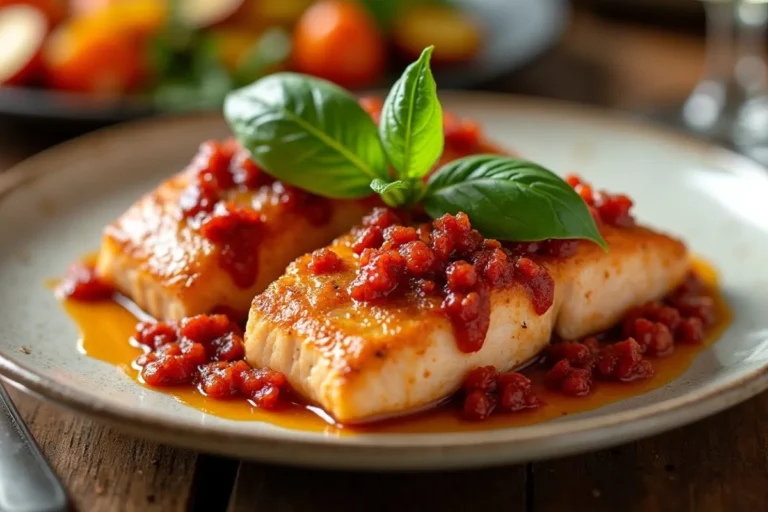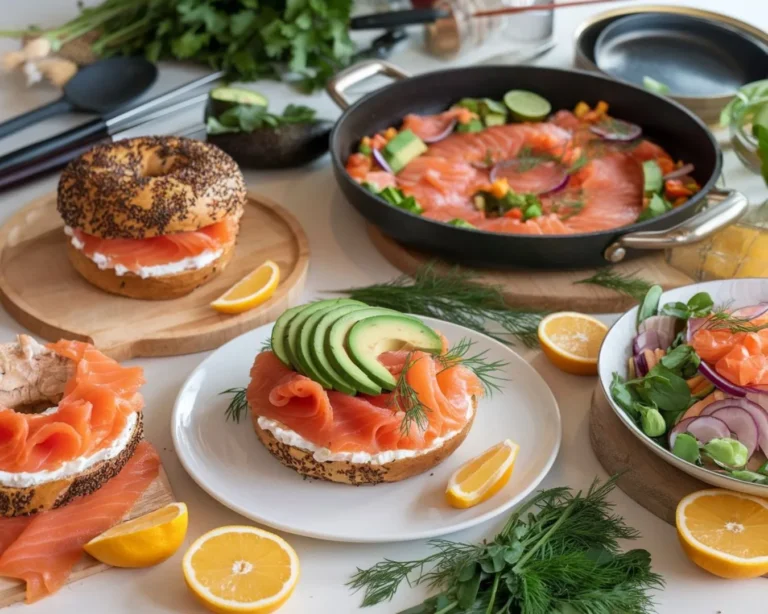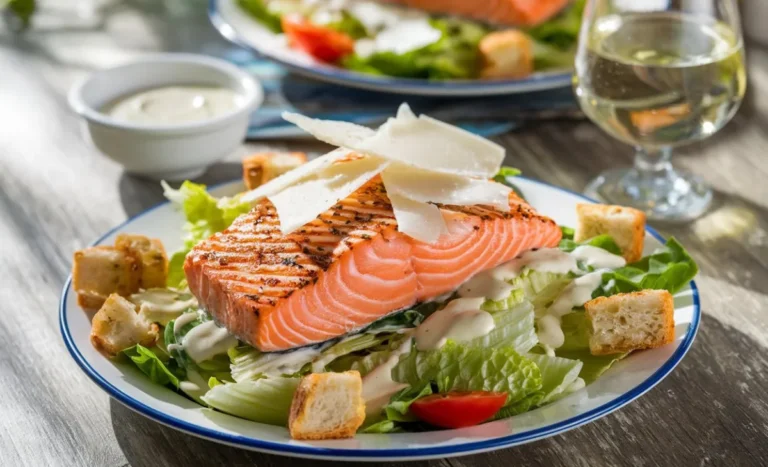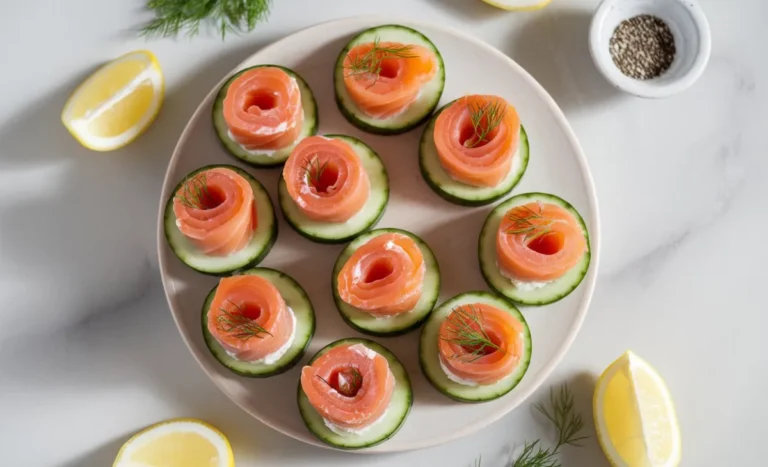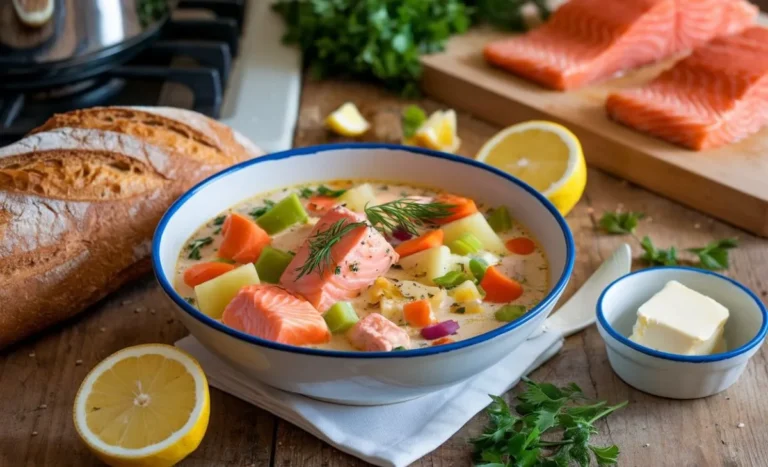Baked Salmon Temp Secrets: Achieve Juicy, Flaky Perfection Every Time
If you’ve ever struggled to bake salmon that is moist, flaky, and packed with flavor, you’re not alone. Perfecting the baked salmon temp can feel like an art, but it’s also a science. By understanding the secrets behind temperature control and following a few key steps, you can serve up salmon that’s restaurant-quality every time. Let’s dive into the details and explore everything you need to know to achieve perfect results.
Why Baked Salmon Temp Is Crucial for Perfect Results
When it comes to salmon, temperature matters. Baking at the right temperature ensures even cooking and preserves the fish’s natural juices. This is key to avoiding dry, overcooked salmon or undercooked fillets that don’t feel safe to eat. According to the FDA, the ideal internal temperature for cooked salmon is 145°F (63°C). This benchmark ensures your salmon is both safe to eat and perfectly cooked, delivering a moist, flaky texture that melts in your mouth.
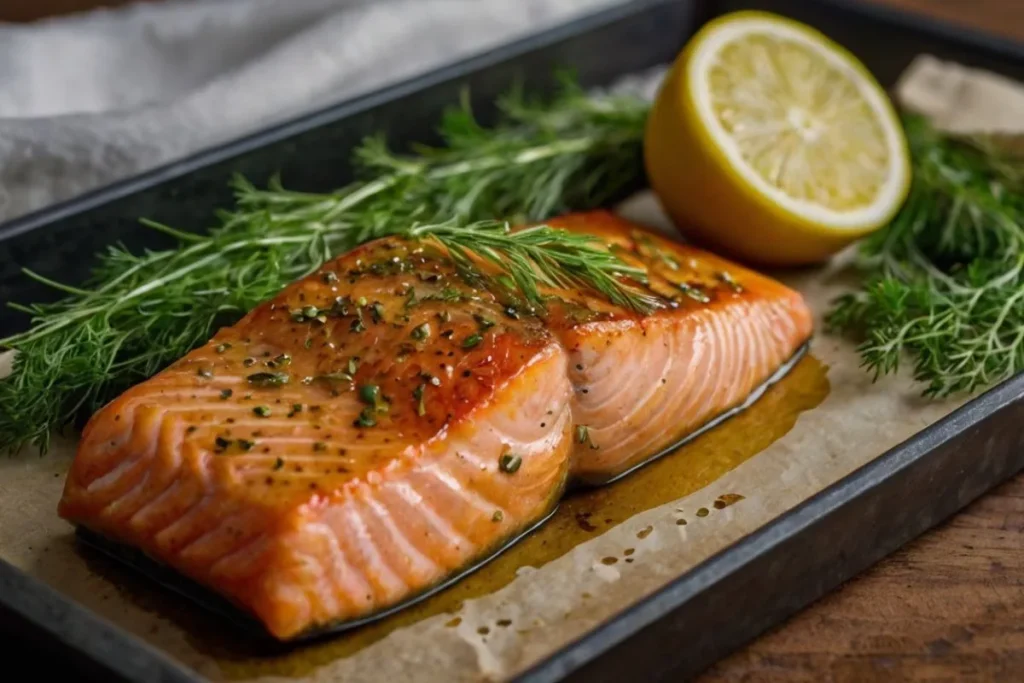
Proper temperature control also locks in the fish’s nutritional benefits, including protein, omega-3 fatty acids, and essential vitamins. When you master the baking process, you’ll not only enjoy a delicious meal but also reap its numerous health rewards.
Tools You Need to Perfect the Baked Salmon Temp
Essential Tools for Precision
Achieving precise results requires the right tools. A digital meat thermometer is a must-have for checking the salmon’s internal temperature accurately. An oven thermometer is also valuable to ensure your oven is calibrated and maintaining the desired temperature. Additionally, using a sturdy baking sheet lined with parchment paper helps distribute heat evenly and prevents sticking.
Optional Tools to Enhance Results
While not essential, tools like a fish spatula make serving your salmon effortless, preserving its delicate texture. A timer is another handy tool to prevent overbaking, especially if you’re multitasking in the kitchen.
Step-by-Step Guide to Baking Salmon Perfectly
Preparing Your Salmon
Start by choosing fresh, high-quality salmon. Look for fillets with vibrant color and firm texture. Rinse the salmon under cold water and pat it dry with paper towels to remove excess moisture. Season your salmon generously with salt, pepper, and optional marinades for added flavor.
Setting the Right Oven Temp
For tender, juicy salmon, set your oven to 350°F. If you prefer a slightly crispier exterior, opt for 400°F. Preheating the oven is crucial to achieving consistent results, so don’t skip this step.
Baking and Monitoring
Place the salmon fillets on your prepared baking sheet, skin-side down. Bake for 12-15 minutes per inch of thickness. Around the 10-minute mark, use your thermometer to check the thickest part of the fillet. The internal temperature should reach 145°F for perfectly cooked salmon. If it’s not quite there, continue baking in 1-2 minute increments and recheck.
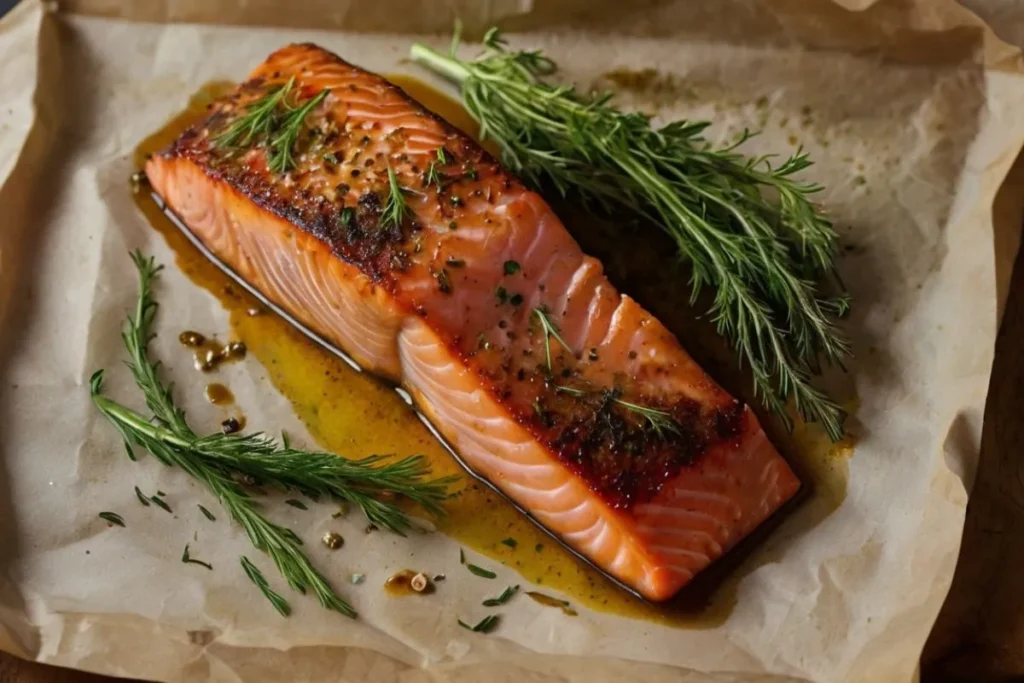
Common Mistakes to Avoid
Even seasoned cooks make mistakes. Here are a few common pitfalls to watch out for:
- Skipping the Thermometer: Guessing the salmon’s doneness can lead to disappointing results. Always use a thermometer for accuracy.
- Skipping the Preheat: A cold oven results in uneven cooking, so ensure your oven is fully preheated before baking.
- Overcrowding the Baking Sheet: Allow space around each fillet to ensure proper air circulation and even cooking.
- Leaving Salmon in the Oven: Once done, remove the salmon promptly to prevent overcooking from residual heat.
Flavor Enhancements and Variations
Seasoning Ideas for Perfect Salmon
Elevate your salmon with these simple yet flavorful combinations:
- Classic: Lemon, dill, and garlic provide a refreshing, zesty taste.
- Asian-Inspired: Soy sauce, ginger, and sesame oil create a savory, umami-packed profile.
- Mediterranean: Olive oil, capers, and cherry tomatoes add a rich, tangy twist.
Serving Suggestions
Pair your salmon with a variety of sides to create a balanced meal. Roasted vegetables, quinoa, or a crisp green salad are excellent options. For a complete dining experience, consider wine pairings like a buttery Chardonnay or a light Pinot Noir.
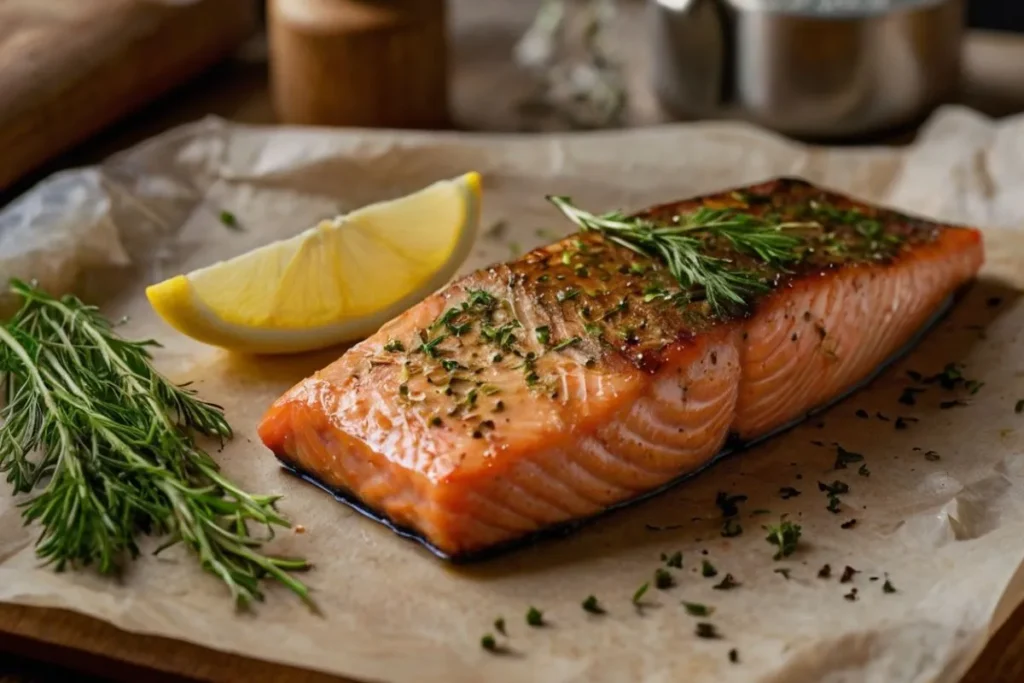
Recipe: Foolproof Baked Salmon
Ingredients Table:
| Ingredient | Quantity |
|---|---|
| Fresh salmon fillet | 1 pound |
| Olive oil | 2 tablespoons |
| Lemon juice | 1 tablespoon |
| Garlic powder | 1 teaspoon |
| Salt and pepper | To taste |
Instructions:
- Preheat your oven to 375°F.
- Line a baking sheet with parchment paper for easy cleanup.
- Place the salmon fillet skin-side down on the sheet.
- Drizzle the fillet with olive oil and lemon juice, then season with garlic powder, salt, and pepper.
- Bake for 12-15 minutes, checking the internal temperature at the 10-minute mark.
- Remove from the oven once the thermometer reads 145°F.
Nutrition Information
Table of Nutrition per Serving:
| Nutrient | Amount (per 4 oz) |
| Calories | 240 |
| Protein | 23g |
| Fat | 13g |
| Omega-3 | 1,200mg |
FAQ Section
What is the best temperature to bake salmon?
The best temperature depends on your preference. For tender salmon, bake at 350°F. For crispy edges, bake at 400°F.
How do I know when salmon is done?
Use a digital thermometer to check the internal temperature. Salmon is done when it reaches 145°F in the thickest part of the fillet.
Can I bake salmon from frozen?
Yes, but you’ll need to add 10-15 minutes to the baking time. Make sure to check the internal temperature to confirm doneness.
How can I prevent salmon from drying out?
Use a marinade or cover the salmon with foil during the first half of baking. This locks in moisture and prevents overcooking.
Should I leave the skin on while baking?
Yes, leaving the skin on helps retain moisture and prevents the fish from sticking to the baking sheet.
Conclusion
Mastering the baked salmon temp is easier than you might think. By using the right tools, following precise steps, and experimenting with flavors, you can create a dish that’s both delicious and nutritious. Remember, the key is temperature control and attention to detail. Give this foolproof method a try, and watch your salmon skills soar. Don’t forget to share your success and tips with others who love salmon as much as you do!


